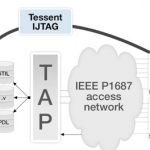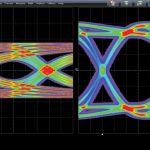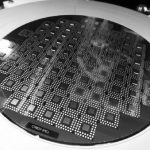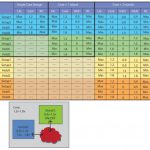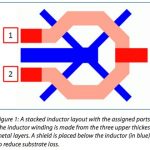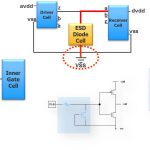Test is the Rodney Dangerfield of EDA, it doesn’t get any respect. All designs need to be tested but somehow synthesis, routing, analog layout and the rest are the sexy areas. In my spoof all purpose EDA keynote address I even dissed it:You are short on time so slip in a quick mention of manufacturing test. Who knows anything … Read More
A Most Significant Man
Most of us live perfectly good lives without distinction, fame, or note. Others rack up the honors, filling their walls and resumes with recognition of their brilliance. Like Dr. Janusz Rajski.
Rajski is the director of engineering for the test products at Mentor Graphics, an IEEE Fellow, and the inventor of embedded deterministic… Read More
Chip On Wafer On Substrate (CoWoS)
Our EDA industry loves three letter acronyms so credit the same industry for creating a five letter acronym CoWoS. Two weeks ago TSMC announced tape-out of their first CoWoS test chip integrating with JEDEC Wide I/O mobile DRAM interface, making me interested enough to read more about it. At the recent TSMC Open Innovation Platform… Read More
SoC emulation syncs up with SuperSpeed USB
They say what adds value is to take something difficult and make it look simple. USB looks so simple when it is done right, but designers know it can be one of the more tempermental features in an SoC, especially in the latest SuperSpeed incarnation.… Read More
Model Driven Development
Mentor has a webinar on Model Driven Development (MDD) for Systems Engineering, presented by Bill Chown. It is actually the first of 15 webinars. This first one is just over 30 minutes long and I assume the others will be too. The webinar focuses on embedded system development, which historically has largely been validated using… Read More
TSMC dilemma: Cadence, Mentor or Synopsys?
Looking at the Press Release (PR) flow, it was interesting to see how TSMC has solved a communication dilemma. At first, let’s precise that #1 Silicon foundry has to work with each of the big three EDA companies. As a foundry, you don’t want to lose any customer, and then you support every major design flow. Choosing another strategy… Read More
Multi-Voltage IC Design Flow
My new iPad lasts about 10 hours on a single charge and the A5X processor is designed with a 45nm process from Samsung. Processor chips for tablets like this use a multi-voltage IC design flow to reduce total power by:… Read More
High Frequency Analysis of IC Layouts
IC designers of passive devices often use empirical approaches to perform High Frequency Analysis (HFA), however there is at least one new approach being offered by Mentor Graphics using a tool flow of:
- Device detection and extraction with Calibre LVS and Calibre PERC
- Interconnect RLC extraction with Calibre xRC, Calibre xACT-3D
Mentor Graphics Update at TSMC 2012 OIP
What
In just 20 days you can get an update on four Mentor Graphics tools as used in the TSMC Open Innovation Platform (OIP). Many EDA and IP companies will be presenting along with Mentor, so it should be informative for fabless design companies in Silicon Valley doing business with TSMC.
… Read More
Automating Complex Circuit Checking Tasks
By Hend Wagieh, Mentor Graphics
At advanced IC technology nodes, circuit designers are now encountering problems such as reduced voltage supply headroom, increased wiring parasitic resistance (Rp) and capacitance (Cp), more restrictive electromigration (EM) rules, latch-up, and electrostatic discharge (ESD) damage,… Read More


